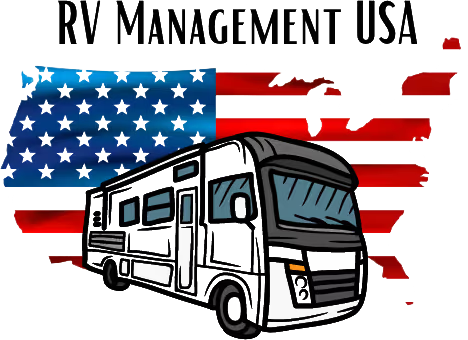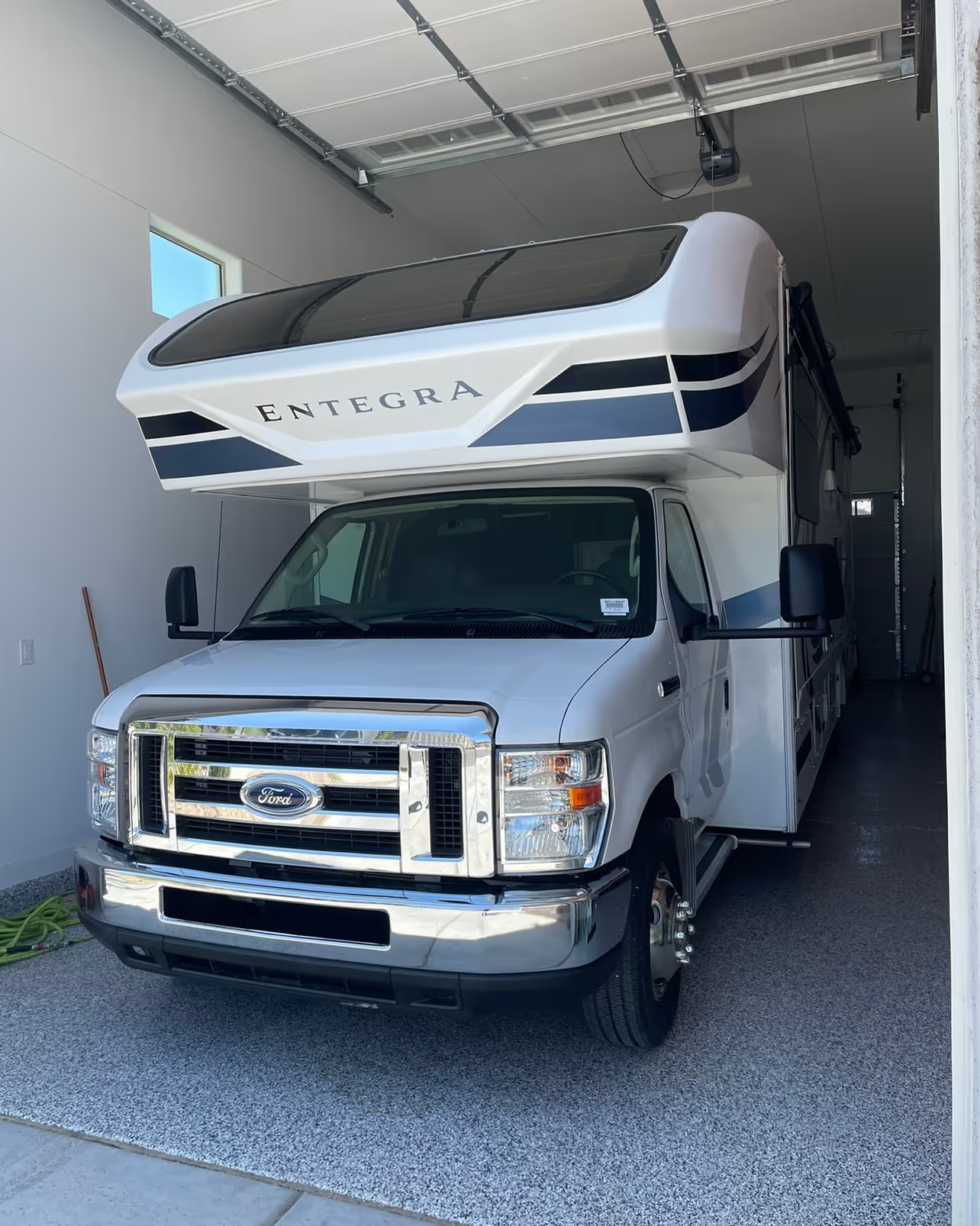A new wave of investors is looking at RVs not just as lifestyle assets — but as tax-advantaged investments. With the passage of the 2025 Big Beautiful Bill, there’s a unique window of opportunity: 100% bonus depreciation is back.
This opens the door for W-2 earners to potentially offset taxable income by consigning an RV — if they meet certain IRS conditions. In this article, we explore how the Tax Advantage Consignment (TAC) strategy works, who qualifies, and how RVM helps investors stay compliant.
What Is Bonus Depreciation and Why Does It Matter?
Bonus depreciation allows investors to write off 100% of the purchase price of a qualified business asset — like an RV — in the first year it's placed in service. Thanks to recent legislation, this applies to assets placed in service between 2025 and 2027.
That could mean $50,000+ in first-year tax savings on an RV priced around $150,000.
But here’s the key: this tax benefit is only available if the RV is used in a qualifying business activity, like a short-term rental.
Do RVs Qualify as Business Assets?
Yes — when they are rented out commercially and available to generate income, RVs are treated as tangible personal property with a useful life under 20 years. This makes them eligible for bonus depreciation under IRS rules.
You’ll need to place the RV in service (available for rent) within the tax year, and treat the rental activity as a legitimate business.
Active vs. Passive Income: Why It Matters

Most rental income is classified as passive by the IRS. And unfortunately, passive losses (like those created by depreciation) usually can’t offset active income like a W-2 salary.
That changes if you meet the IRS test for material participation — meaning you’re actively involved in the business of renting your RV.
If you qualify, your rental losses (including from bonus depreciation) may offset W-2 income, making this strategy extremely powerful for high-income earners.
How to Qualify: Material Participation Rules
To meet material participation thresholds, you’ll need to satisfy one of the IRS’s tests, such as:
- Logging 500+ hours in the activity per year
- Being the only materially participating individual
- Spending more time than anyone else on the activity
RVM helps by providing rental infrastructure and optional co-management — but the burden of meeting IRS thresholds remains with the owner.
How RVM Helps You Stay Compliant
We support you with:
- Guest screening, storage, and maintenance
- A professional consignment system that simplifies operations
- Documentation support: We can help you log activity and track RV usage to support your case if audited
But we’re not tax advisors — and we don’t provide guarantees. We simply help you operate a real business.
Example: 100% Financing + Bonus Depreciation
Let’s say you finance a $150,000 RV with no down payment.
- Annual Net Income: $15,000 (after your 45% share through consignment)
- Loan Payment: ~$1,741/month (10-year loan at 7%)
- Year 1 Bonus Depreciation: $55,500 (if eligible)
Even with financing, this investor could walk away with a significant first-year tax shield — and generate positive cash flow and equity over time.
Risks & Limitations
This strategy isn’t without caveats:
- You may face depreciation recapture when selling the RV
- You must prove material participation — otherwise, you lose the W-2 offset advantage
- If your RV sits idle or underperforms, you still carry the loan and fixed expenses
- IRS scrutiny is real — especially for “listed property” like RVs
What to Ask Your CPA
Before you buy, consult a tax pro. Ask them:
- Do I meet material participation requirements?
- Should I buy personally or through an LLC?
- Can bonus depreciation offset my W-2 income?
- How does recapture work when I sell?
Next Steps

If this strategy fits your situation, here’s how to move forward:
- https://www.rvmanagementusa.com/#signup to explore available inventory and onboarding.
- Talk to your CPA with this article in hand.
- Place your RV in service before year-end to qualify.
Final Thoughts
The TAC strategy isn’t a loophole — it’s a real opportunity with real rules. If you’re a high-income earner looking to diversify, reduce taxes, and own a real asset, now is the time to explore RV consignment.
RVM can help you do it the right way — with structure, support, and smart strategy.
Disclaimer:
This post is for educational purposes only and does not constitute legal, tax, or accounting advice. Please consult with a licensed tax professional before making any investment or tax planning decision.












